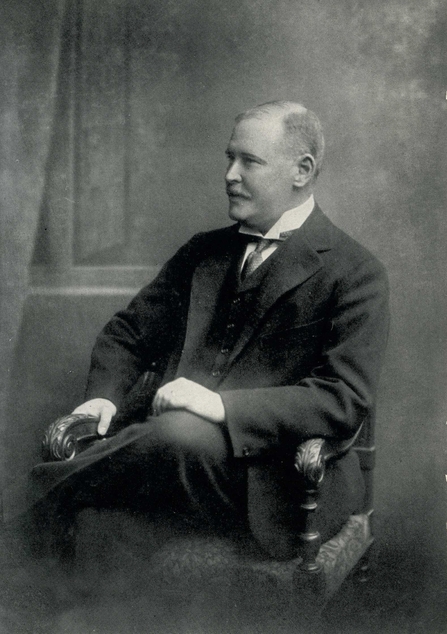
Thus began the Society for the Promotion of Nature Reserves which would later become The Wildlife Trusts movement – the first time that anyone had come up with a vision for nature conservation.
Before 1912, the emphasis was on trying to protect individual species. Rothschild’s plan was different: to safeguard the places where wildlife lived – the moors, meadows, woods and fens under attack from rapid modernisation. An expert entomologist, Rothschild succeeded in enlisting the support of 50 Fellows of the Royal Society, the Foreign Secretary Sir Edward Grey and future Prime Minister Neville Chamberlain, while the Speaker of the House of Commons, James Lowther MP, became the first president.
From that spark of an idea – and the 339 acres of wild fenland in Cambridgeshire that Rothschild bought himself to save for nature – grew a movement across the UK that would see a network of Wildlife Trusts acquiring and managing land. Later in the 1940s and 50s, the Society took the Government by the hand and led it toward legislating for nature for the first time, establishing National Parks, National Nature Reserves and Sites of Special Scientific Interest – many of these wildlife-rich jewels are still cared for by The Wildlife Trusts today.
